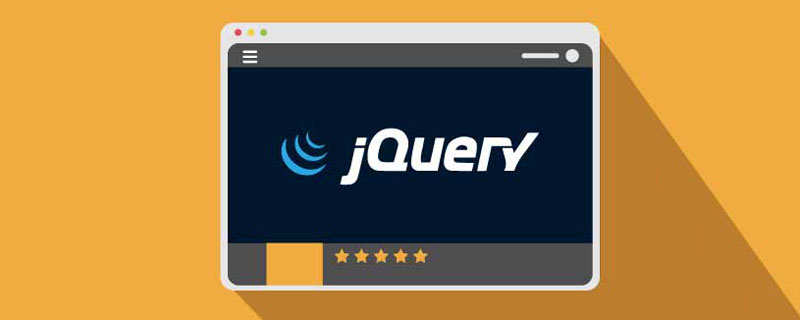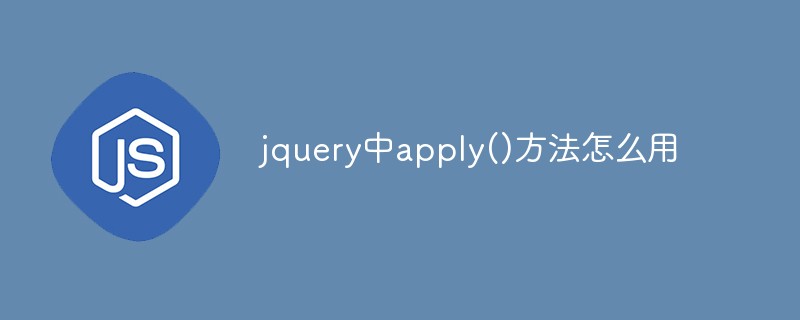The example in this article describes how jQuery implements scrolling line navigation effects. Share it with everyone for your reference. The specific analysis is as follows:
The first time I saw this kind of navigation was on Meizu’s official website. At that time (last year) I thought it was pretty good, but I didn’t know JavaScript, so it was “out of reach” at that time. Today I went to the official website of QQ for Android and found a navigation similar to this. I had nothing to do anyway, so I tried to use jQuery to create such an effect.
The effect is as follows:
Home
Tell me
Log
Album
CSS:
body,ul,li{margin:0;padding:0;}
#testnav{;height:80px;background:#333;}
.testmenu{width:320px;padding-top:45px;margin:0 auto;}
.testbox div{float:left;width:80px;height:30px;text-align:center;}
.testbox a{color:#ccc;text-decoration:none;font:700 12px/1 "宋体";}
.testbox a:hover{color:#CCEEFF;text-decoration:underline;}
.testline-box{width:100%;background:#eee;}
.testline{display:block;height:3px;width:80px;background:#999;}
HTML:
<div id="testnav"> <div class="testmenu"> <div class="testbox"> <div><a href="javascript:void(0)">首页</a></div> <div><a href="javascript:void(0)">说说</a></div> <div><a href="javascript:void(0)">日志</a></div> <div><a href="javascript:void(0)">相册</a></div> </div> <div style="clear:both;"></div> <div class="testline-box"> <span class="testline"></span> </div> </div> </div>
jQuery:
var $line=$("span.testline");
var $w=$(".testbox > div").width();
var m=0;
$(".testbox > div").each(function(n){
var x=$w*n;
$(this).mouseenter(function(){
$line.stop(true,true).animate({"margin-left":x},"slow","easeOutBack");
});
$("a",this).click(function(){
m=x;
});
});
$(".testbox").mouseleave(function(){
$line.stop(true,true).animate({"margin-left":m},"slow","easeOutBack");
});
The code is relatively rough, and coupled with my limited level, maybe you can simplify it and write it better (the general idea should be like this anyway_).
Note: The effect of the easing plug-in is used in the code. Remember to download and reference this plugin. If you don't want to use the easing plug-in, you can delete "easeOutBack" in JS or replace it with "swing".
I used javascript:void(0) instead for the link address of the menu in the demo. The main purpose is to facilitate the demonstration effect. In practical applications, we can determine the current location based on the current URL. After determining the location, we can reassign the value to the variable m in JavaScript to determine which menu the line should be under. Of course there must be other ways to determine the current location.
I hope this article will be helpful to everyone’s jQuery programming.
 jquery实现多少秒后隐藏图片Apr 20, 2022 pm 05:33 PM
jquery实现多少秒后隐藏图片Apr 20, 2022 pm 05:33 PM实现方法:1、用“$("img").delay(毫秒数).fadeOut()”语句,delay()设置延迟秒数;2、用“setTimeout(function(){ $("img").hide(); },毫秒值);”语句,通过定时器来延迟。
 axios与jquery的区别是什么Apr 20, 2022 pm 06:18 PM
axios与jquery的区别是什么Apr 20, 2022 pm 06:18 PM区别:1、axios是一个异步请求框架,用于封装底层的XMLHttpRequest,而jquery是一个JavaScript库,只是顺便封装了dom操作;2、axios是基于承诺对象的,可以用承诺对象中的方法,而jquery不基于承诺对象。
 jquery怎么修改min-height样式Apr 20, 2022 pm 12:19 PM
jquery怎么修改min-height样式Apr 20, 2022 pm 12:19 PM修改方法:1、用css()设置新样式,语法“$(元素).css("min-height","新值")”;2、用attr(),通过设置style属性来添加新样式,语法“$(元素).attr("style","min-height:新值")”。
 jquery怎么在body中增加元素Apr 22, 2022 am 11:13 AM
jquery怎么在body中增加元素Apr 22, 2022 am 11:13 AM增加元素的方法:1、用append(),语法“$("body").append(新元素)”,可向body内部的末尾处增加元素;2、用prepend(),语法“$("body").prepend(新元素)”,可向body内部的开始处增加元素。
 jquery中apply()方法怎么用Apr 24, 2022 pm 05:35 PM
jquery中apply()方法怎么用Apr 24, 2022 pm 05:35 PM在jquery中,apply()方法用于改变this指向,使用另一个对象替换当前对象,是应用某一对象的一个方法,语法为“apply(thisobj,[argarray])”;参数argarray表示的是以数组的形式进行传递。
 jquery怎么删除div内所有子元素Apr 21, 2022 pm 07:08 PM
jquery怎么删除div内所有子元素Apr 21, 2022 pm 07:08 PM删除方法:1、用empty(),语法“$("div").empty();”,可删除所有子节点和内容;2、用children()和remove(),语法“$("div").children().remove();”,只删除子元素,不删除内容。
 jquery怎么去掉只读属性Apr 20, 2022 pm 07:55 PM
jquery怎么去掉只读属性Apr 20, 2022 pm 07:55 PM去掉方法:1、用“$(selector).removeAttr("readonly")”语句删除readonly属性;2、用“$(selector).attr("readonly",false)”将readonly属性的值设置为false。
 jquery on()有几个参数Apr 21, 2022 am 11:29 AM
jquery on()有几个参数Apr 21, 2022 am 11:29 AMon()方法有4个参数:1、第一个参数不可省略,规定要从被选元素添加的一个或多个事件或命名空间;2、第二个参数可省略,规定元素的事件处理程序;3、第三个参数可省略,规定传递到函数的额外数据;4、第四个参数可省略,规定当事件发生时运行的函数。


Hot AI Tools

Undresser.AI Undress
AI-powered app for creating realistic nude photos

AI Clothes Remover
Online AI tool for removing clothes from photos.

Undress AI Tool
Undress images for free

Clothoff.io
AI clothes remover

AI Hentai Generator
Generate AI Hentai for free.

Hot Article

Hot Tools

Zend Studio 13.0.1
Powerful PHP integrated development environment

MinGW - Minimalist GNU for Windows
This project is in the process of being migrated to osdn.net/projects/mingw, you can continue to follow us there. MinGW: A native Windows port of the GNU Compiler Collection (GCC), freely distributable import libraries and header files for building native Windows applications; includes extensions to the MSVC runtime to support C99 functionality. All MinGW software can run on 64-bit Windows platforms.

mPDF
mPDF is a PHP library that can generate PDF files from UTF-8 encoded HTML. The original author, Ian Back, wrote mPDF to output PDF files "on the fly" from his website and handle different languages. It is slower than original scripts like HTML2FPDF and produces larger files when using Unicode fonts, but supports CSS styles etc. and has a lot of enhancements. Supports almost all languages, including RTL (Arabic and Hebrew) and CJK (Chinese, Japanese and Korean). Supports nested block-level elements (such as P, DIV),

Notepad++7.3.1
Easy-to-use and free code editor

Atom editor mac version download
The most popular open source editor





